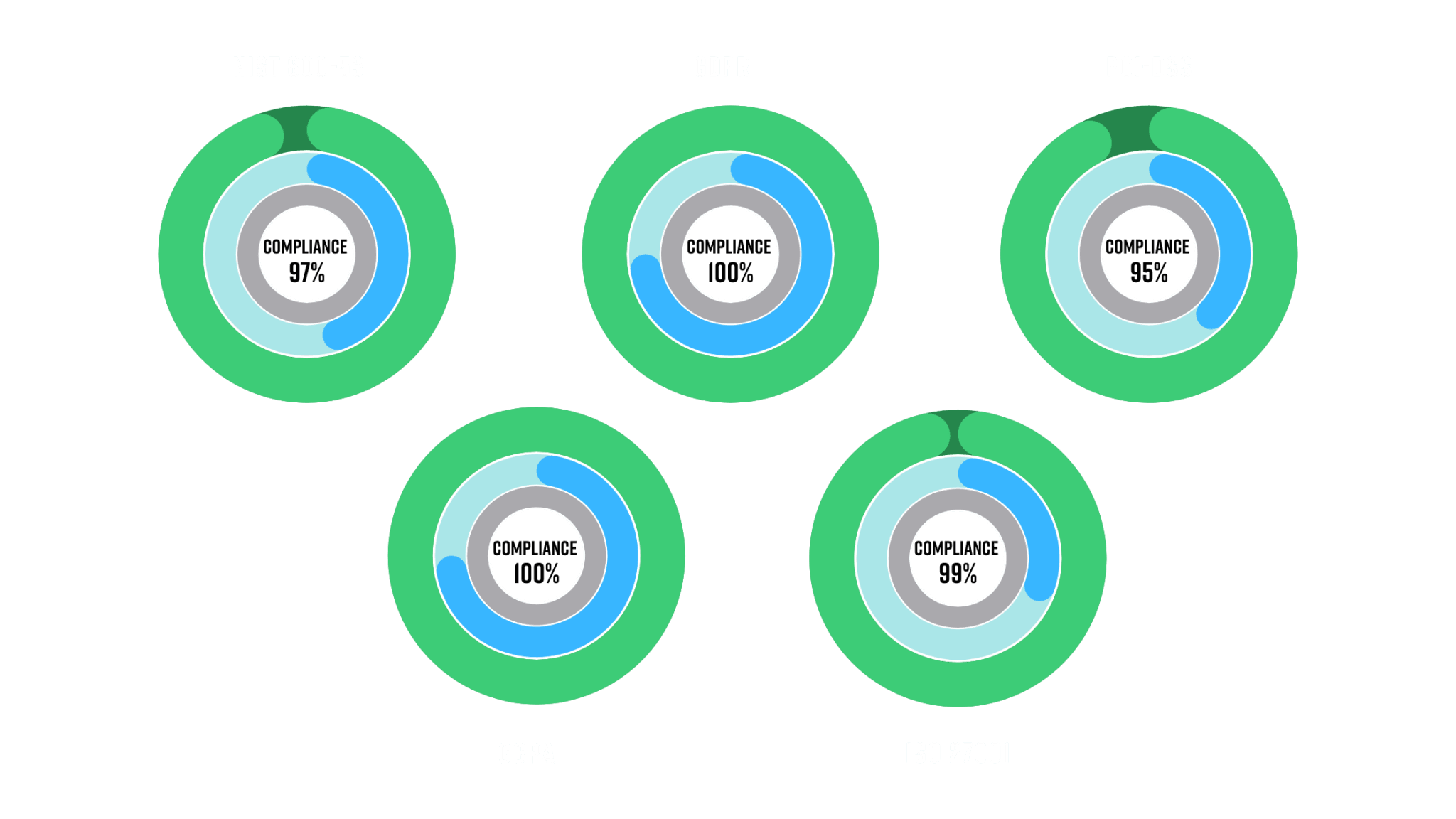Making the Case for Automation: Vendor Questionnaires & Compliance Mapping
Customers, partners and regulatory requirements have cracked down on cybersecurity expectations in recent years—and for good reason. Not only is cybercrime projected to cost $10.5 trillion per annum by 2025, interconnected networks create more gateways for cybercriminals. Developed alongside the world’s newly adopted cybersecurity policies, compliance documentation processes are also becoming increasingly demanding.
If you’ve ever been involved with completing vendor security questionnaires, then I don’t need to tell you how tedious the process can be. Although it goes without saying how important they are during the assessment process, it doesn’t alter the fact that it sucks away precious resources that are already spread paper thin.
To compensate for increasing responsibilities amidst a cyber talent crisis, automation has become integral to the industry. Yet, faced with seemingly infinite options, it can be difficult to determine which are worth the investment. If you simplify just for the sake of simplification, it can open the door to more (and bigger) problems.
How do we simplify and automate processes that truly matter? Let’s go beyond the hype and understand the benefits of automating what matters: compliance mapping.
1. Ignorance is one thing, negligence is another.
Think back to when the biggest risk organizations were faced with was not knowing where their cyber posture stood due to a lack of data and oversight. Our detriment was what we didn’t know. That’s not the case anymore, now that we have so much that it becomes almost unmanageable.
Depending on the amount of vendors, this process could pull you into what could be hundreds of directions. Regardless, you’re assuming at least partial responsibility of the cyber defense strategy for every party involved. It’s not to be taken lightly, as the only thing more damaging than losing the data itself is losing your reputation.
2. Capacity is already a major concern across cybersecurity departments.
According to Deloitte, 87% of compliance professionals agree they have no additional capacity, and the biggest thing keeping the department’s leaders up at night is concerns over capacity or capability. As the function continues to evolve, how can compliance professionals possibly be expected to meet—never mind exceed—these increasingly demanding expectations?
Let automation take on the bruntwork. Instead of requiring vendors to complete numerous tedious—and oftentimes modified—questionnaires, tools are designed to consume a wide range of questionnaires and internal policies. For those organizations that are modifying them to keep up with their cybersecurity strategy, solutions can even parse and process custom documents.

3. There’s no room for error.
In the first year that the General Data Protection Regulation (GDPR) was enacted alone, companies were fined $63 million in violations. Accompanied by the fact that human error accounts for 95% of cybersecurity incidents, and these factors should be more than enough to justify the need for automation to the vendor questionnaire and assessment process.
Without automation, this tedious and labor-intensive process can take weeks to complete and extend well beyond the responsibilities of a compliance officer. Automation not only eliminates the room for human error, but drastically reduces the time to complete, taking minutes to map the contents to well known standards and frameworks (NIST 800-53, ISO27001, CMMC, etc.).

4. The “norm” is bound to change (again).
Remaining agile has always topped the list of essential skills for security professionals. This holds even more true now amidst the worldwide pandemic, as the world continues to undergo digital transformation at an unprecedented pace. Still, COVID-19 aside, decades of experience have shown that the world needs to embrace change.
Again, consider GDPR compliance alone. Despite spending millions in preparations, 70% of companies agree the systems they put in place will not scale along with its new regulations. Although the U.S. has yet to enact a national privacy law, it’s bound to happen—and organizations will need to be prepared.
Automation is no longer a buzzword. Still, it has created a monster of its own with a laundry list of options. Take the steps now to automate a process that will both prove its return on investment immediately, as well as better position your team to mature its programs for years to come.
To learn more about how you can simplify questionnaire and compliance mapping, check out our latest webinar with Supply Wisdom’s CRO John Bree.